The Origins of Florence
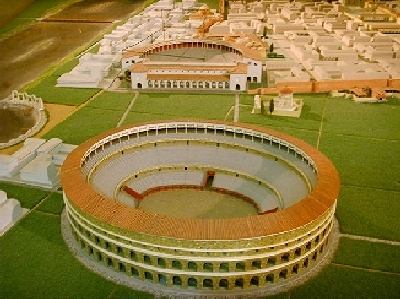
Model of Roman Florentia
In 59 BC, Julius Caesar became consul and decided to establish a garrison for Roman veterans on the Arno River. The new town was called Florentia (which means "the flourishing one"). The works for the building of the new town began probably around 30 BC.
Florentia rose on a pre-existing village. It had the structure of the typical Roman towns, with two main streets - one having an east-west and the other a north-south orientation - which is still visible in the historical centre of Florence. The town walls corresponded to the present Via del Proconsolo, Via de` Cerretani, Via de` Tornabuoni, Piazza Santa Trinita and Palazzo Vecchio.
Florentia flourished thanks to fluvial trade along the Arno River. Under Emperor Hadrian the baths and an amphitheatre were built. The amphitheatre rose where at present Palazzo Vecchio and Palazzo Gondi are to be seen. Under Diocletian - late 3rd century - Florentia became the capital of the Regio Tuscia et Umbria (corresponding to present Tuscany and Umbria) and maintained this function until the fall of the Roman Empire.
Greek and Syrian merchants brought the Christian religion to Florentia, where in 250 Saint Minias was martyred during the persecutions of Emperor Decius. The first Christian churches appeared in Florentia around the year 300.
The fall of the Western Roman Empire was approaching. In the 5th century barbarian peoples repeatedly invaded Italy and in 493 the king of the Ostrogoths, Theodoric the Great, became the new ruler of Italy. After a brief byzantine domination under Emperor Justinian, the Lombard conquered most of Northern Italy, including the territories around Florentia.
Our most requested apartments in the Florence historical centre:
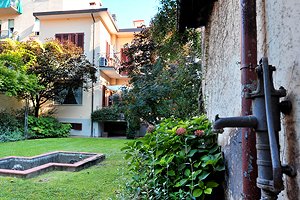 Holiday apartments in pretty villa on the southern outskirts of Florence, in the vicinity of Piazzale Michelangelo. Accommodation for groups of 4/6/8/10/12 people. Air conditioning, Internet connection. Just a few minutes from Florence historical centre.
More details
Holiday apartments in pretty villa on the southern outskirts of Florence, in the vicinity of Piazzale Michelangelo. Accommodation for groups of 4/6/8/10/12 people. Air conditioning, Internet connection. Just a few minutes from Florence historical centre.
More details
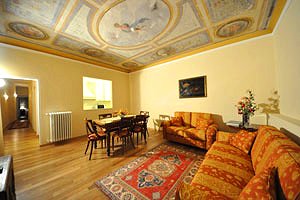 Apartment in the historical centre of Florence a few steps away from the Accademia Gallery. Nearby Piazza Duomo, Piazza Signoria, the Uffizi Gallery . 5+2 beds, Internet Connection and air conditioning.
More details
Apartment in the historical centre of Florence a few steps away from the Accademia Gallery. Nearby Piazza Duomo, Piazza Signoria, the Uffizi Gallery . 5+2 beds, Internet Connection and air conditioning.
More details
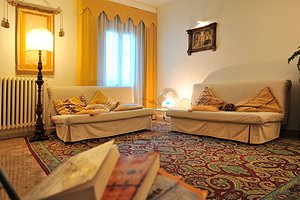 Elegant apartment in Florence historical centre situated in a 17th-century building in the Oltrarno district, just a few steps from Piazza Santo Spirito and Ponte Vecchio. Air conditioning, Internet connection, parking. From 2 to 7 sleeping accommodations.
More details
Elegant apartment in Florence historical centre situated in a 17th-century building in the Oltrarno district, just a few steps from Piazza Santo Spirito and Ponte Vecchio. Air conditioning, Internet connection, parking. From 2 to 7 sleeping accommodations.
More details
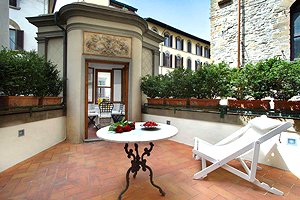 Luxury holiday apartment in Florence historical centre, in the Oltrarno district. 2/4 sleeping accommodations, Internet connection, panoramic terrace.
More details
Luxury holiday apartment in Florence historical centre, in the Oltrarno district. 2/4 sleeping accommodations, Internet connection, panoramic terrace.
More details







